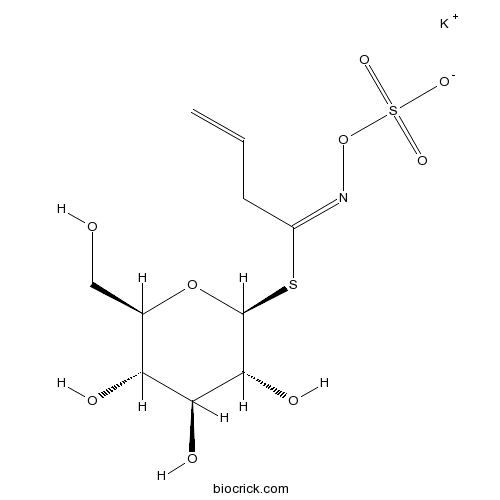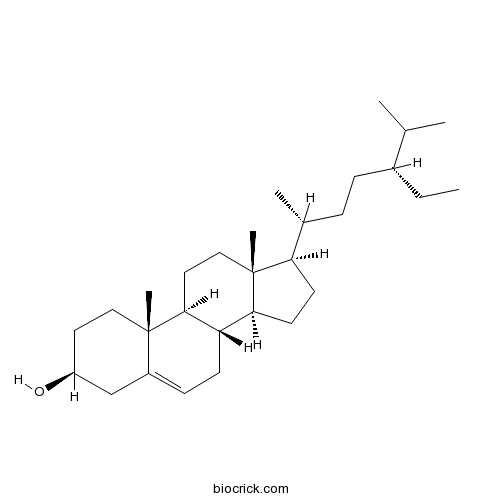Sinapis alba
Sinapis alba
1. The products in our compound library are selected from thousands of unique natural products; 2. It has the characteristics of diverse structure, diverse sources and wide coverage of activities; 3. Provide information on the activity of products from major journals, patents and research reports around the world, providing theoretical direction and research basis for further research and screening; 4. Free combination according to the type, source, target and disease of natural product; 5. The compound powder is placed in a covered tube and then discharged into a 10 x 10 cryostat; 6. Transport in ice pack or dry ice pack. Please store it at -20 °C as soon as possible after receiving the product, and use it as soon as possible after opening.
Natural products/compounds from Sinapis alba
- Cat.No. Product Name CAS Number COA
-
BCN1815
Sinapine18696-26-9
Instructions

-
BCN8484
Sinigrin3952-98-5
Instructions

-
BCN2765
Sinapine thiocyanate7431-77-8
Instructions

-
BCN1015
Beta-Sitosterol83-46-5
Instructions

Study of the uptake and bioaccumulation of palladium nanoparticles by Sinapis alba using single particle ICP-MS.[Pubmed: 29751411]
None
Constant Isothiocyanate-Release Potentials across Biofumigant Seeding Rates.[Pubmed: 29624055]
Biofumigation is an integrated pest-management method involving the mulching of a glucosinolate-containing cover crop into a field in order to generate toxic isothiocyanates (ITCs), which are effective soil-borne-pest-control compounds. Variation in biofumigation efficacy demonstrates a need to better understand the factors affecting pest-control outcomes and develop best practices for choosing biofumigants, growth conditions, and mulching methods that allow the greatest potential isothiocyanate release. We measured the glucosinolate concentrations of six different commercial varieties of three biofumigant plant species: Brassica juncea (ISCI99, Vitasso, and Scala) Raphanus sativus (Diablo and Bento), and Sinapis alba (Ida Gold). The plants were grown in the range of commercially appropriate seeding rates and sampled at three growth stages (early development, mature, and 50% flowering). Within biofumigant species, the highest ITC-release potentials were achieved with B. juncea cv. ISCI99 and R. sativus cv. Bento. The highest ITC-release potential occurred at the 50% flowering growth stage across the species. The seeding rate had a minor impact on the ITC-release potential of R. sativus but had no significant effects on the ITC-release potentials of the B. juncea or S. alba cultivars.
Electromagnetic field pretreatment of Sinapis alba seeds improved cadmium phytoextraction.[Pubmed: 29584465]
It was hypothesized that electromagnetic field (EMF) pretreatment of white mustard (Sinapis alba L.) seeds could increase the accumulation of non-essential, pollutant heavy metals such as cadmium (Cd) in shoots. Seeds of white mustard were treated with either 60 or 120 mT of alternating EMF (50 Hz) for 1 minute and then grown in a Petri dish in the presence of Cd, in comparison to the control (seeds grown without EMF pretreatment). Biomass production and content of calcium (Ca) and Cd in seedling shoots were measured. The Cd content in shoots from the EMF-treated seeds was higher in both variants than in the control (by 73% and 78%, respectively; p < 0.05). In plants treated with 60 mT, the Ca content was slightly, but significantly, lower (3%) than in the control. EMF stimulation did not affect the biomass production. The results have shown potential benefits of this physical seed pretreatment method in the context of cadmium phytoextraction, but more research is needed.


